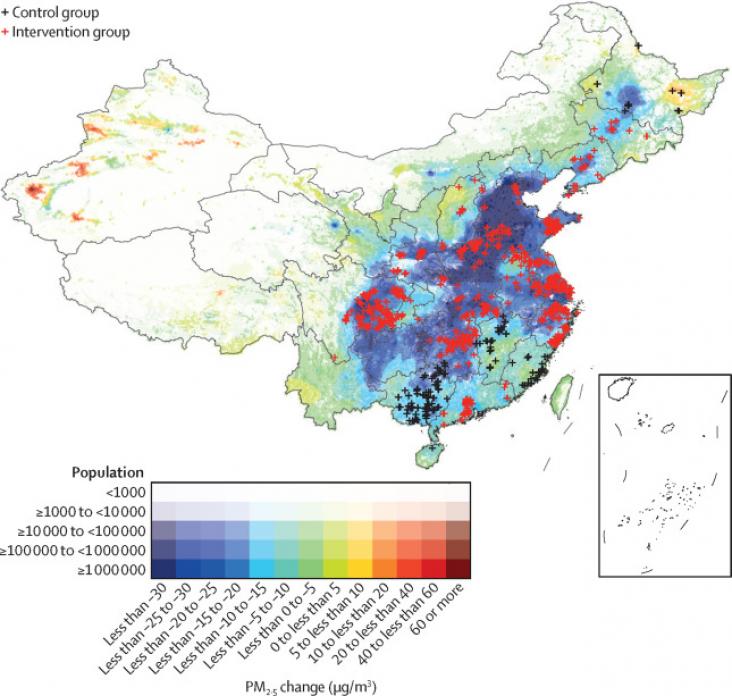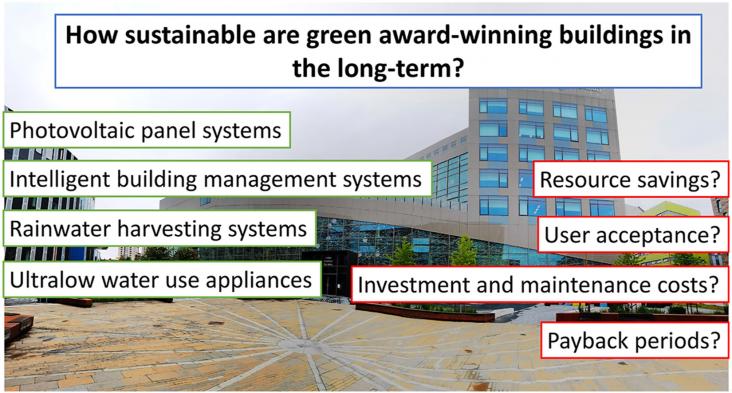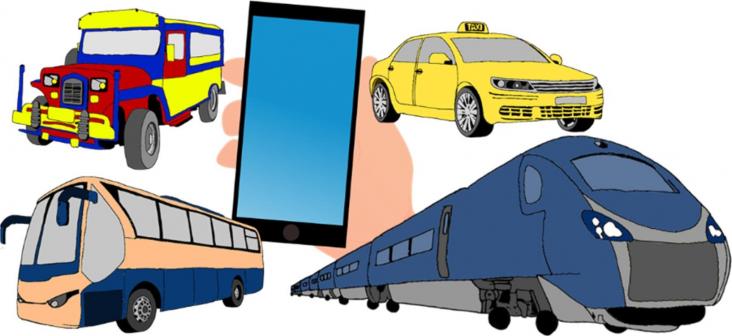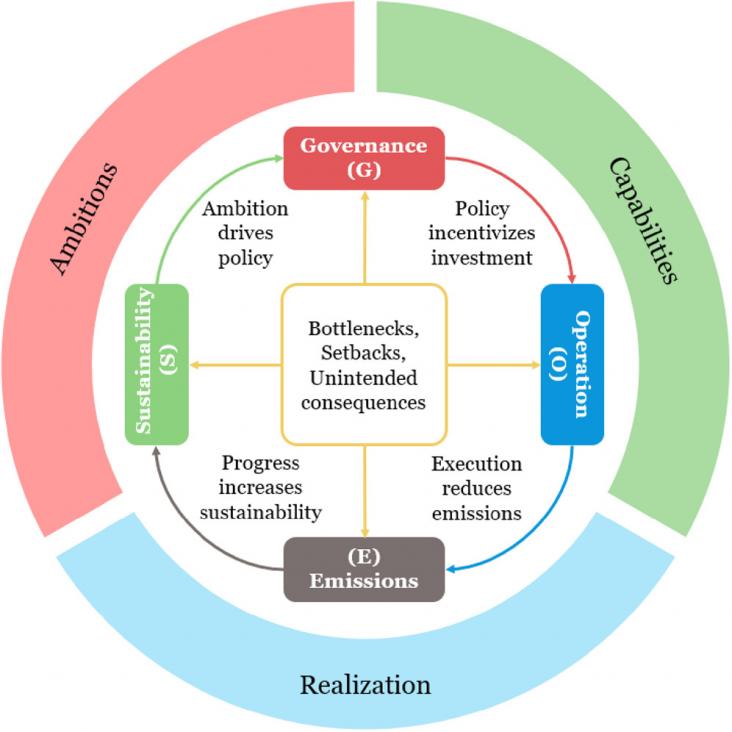This paper presents a water resilience assessment framework that includes a set of resilience indicators that will guide in building urban water resilience.

Background: Air pollution might accelerate cognitive ageing; it is unclear whether large-scale interventions, such as China's Clean Air Act (CCAA), can mitigate cognitive deterioration.
Elsevier,
Comparative Biochemistry and Physiology Part - B: Biochemistry and Molecular Biology, Volume 257, January 2022
This article advances SDG # 15 and # 11 by investigating one of the factors leading to the global decline of bee populations. Pathogens, which need overcome the insect defenses such as the physical barriers, the body cuticle and peritrophic matrix (primary defenses), as well as the secondary defenses with antimicrobial peptides (AMPs) and the enzyme lysozyme were evaluated according to cuticle maturation.

Two green gown award winning buildings, built in 2004 and 2017, were investigated. Features include rainwater harvesting, sensing and photovoltaic panel systems. Sustainability features delivered only 28–71% of their potential resource savings. The performance gaps were due to technical, human, and economic factors.

Mobility as a Service (MaaS) is a recent concept that is gaining momentum in both the scientific world and the private sector.

A growing number of governments are pledging to achieve net-zero greenhouse gas emissions by mid-century.
Mitigating and adapting to climate change requires decarbonizing electricity while ensuring resilience of supply, since a warming planet will lead to greater extremes in weather and, plausibly, in pow
This article examines the trade-offs between industrial development that benefits indigenous peoples economically and the environmental and other harms that result.
